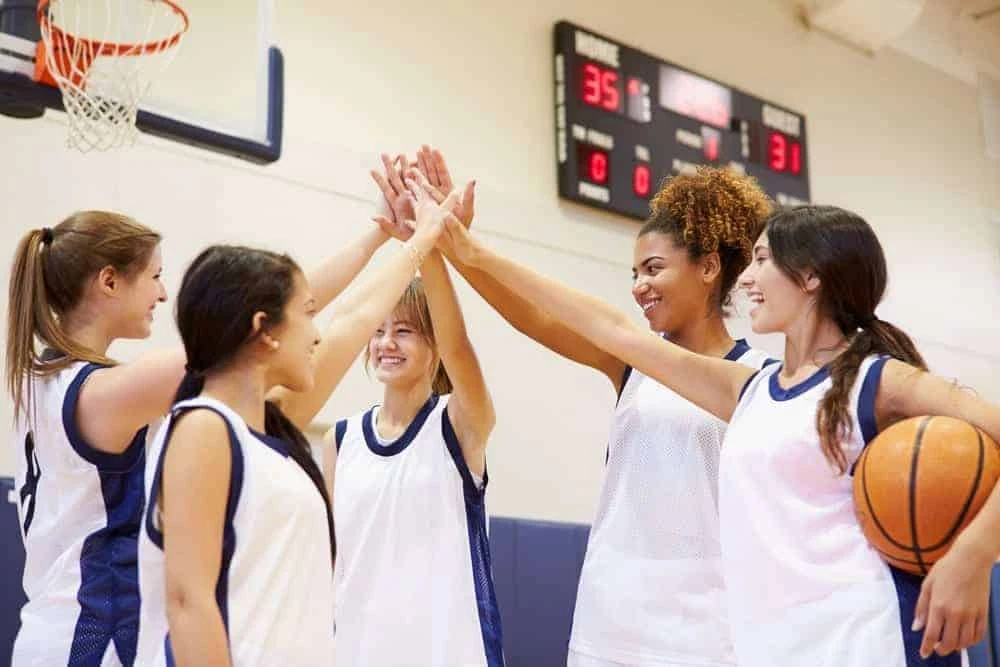The Psychology of Team Dynamics in Sports
Team dynamics play a crucial role in sports performance, as athletes often rely on one another to achieve success. The psychological aspects of working in a team involve various elements, including communication, leadership, and group cohesion. Understanding these components is essential for fostering a collaborative and productive team environment, where athletes can perform at their best and overcome challenges together. Effective communication is the foundation of any successful team. It involves not only verbal exchanges but also non-verbal cues, active listening, and a shared understanding of roles and goals. In sports, clear and consistent communication allows team members to coordinate strategies, make quick decisions, and support each other during both training and competition. Without effective communication, misunderstandings can arise, leading to poor performance and conflict among team members.
The Power of Leadership
Leadership is another critical psychological factor that influences team dynamics. A strong leader can inspire, motivate, and guide a team, creating an environment of trust and mutual respect. Leadership within a sports team doesn’t always come from the coach; players can also assume leadership roles through their actions, attitudes, and ability to support their teammates. A good leader helps to unify the team, ensures that everyone remains focused on the goals, and fosters a sense of accountability. Leadership can also involve navigating the emotional aspects of teamwork, such as managing conflicts, boosting morale, and maintaining a positive mindset, particularly during challenging times. A team with strong leadership is often more resilient, and its members are more likely to stay committed to the collective goal, even when faced with setbacks or adversity.
Group cohesion refers to the sense of unity and togetherness within a team. It is the psychological bond that holds team members together and motivates them to work towards a common goal. High levels of group cohesion are associated with improved performance, as athletes feel a greater sense of responsibility toward their teammates and are more likely to put in the effort needed for the team’s success. Team cohesion can be both task-oriented, focusing on achieving specific goals, and social, based on the relationships and camaraderie between team members. A cohesive team is one in which athletes support one another emotionally, communicate openly, and work together to overcome obstacles. Cohesion can be cultivated through team-building activities, shared experiences, and creating an environment that encourages trust and mutual respect.
Emotional Dynamics
The emotional dynamics within a team also play a significant role in its success. The emotional state of team members can influence their interactions, motivation, and performance. For example, high levels of stress, anxiety, or frustration can lead to tension and conflict, disrupting the team’s harmony. On the other hand, a positive emotional atmosphere can enhance motivation, foster collaboration, and improve focus. Coaches and team leaders play a vital role in managing the emotional dynamics by promoting a culture of support, openness, and constructive feedback. In addition, emotional intelligence, which involves recognizing and managing one’s own emotions and understanding the emotions of others, is a key trait for effective leaders and team members.
In competitive sports, teams often face challenges that test their mental and emotional resilience. The ability to work together, communicate effectively, and maintain strong leadership and cohesion is what ultimately determines the team’s success. Whether it’s overcoming a tough loss, navigating interpersonal conflicts, or managing the pressure of a high-stakes competition, teams with strong psychological dynamics are better equipped to handle adversity and perform at their best.
Key Components of Team Dynamics in Sports
| Component | Description | Impact on Team Performance |
|---|---|---|
| Communication | The exchange of information, both verbal and non-verbal, to ensure clarity and coordination. | Facilitates effective decision-making and minimizes misunderstandings. |
| Leadership | The ability to motivate, inspire, and guide the team towards common goals. | Promotes unity, accountability, and emotional stability. |
| Group Cohesion | The sense of unity and emotional bond between team members. | Enhances collaboration, trust, and collective effort. |
| Emotional Dynamics | Managing emotions such as stress, anxiety, and motivation to maintain a positive team atmosphere. | Fosters a supportive environment and boosts team morale. |
| Conflict Resolution | The ability to address and resolve disagreements or tensions within the team. | Prevents disruption, maintains harmony, and strengthens relationships. |
Strategies for Enhancing Team Dynamics
- Encourage Open Communication: Create an environment where athletes feel comfortable expressing ideas, concerns, and feedback.
- Promote Team Building Activities: Engage in exercises that strengthen relationships, trust, and understanding between team members.
- Develop Strong Leadership: Cultivate leadership qualities in both coaches and athletes to inspire and guide the team through challenges.
- Focus on Emotional Intelligence: Encourage team members to develop emotional awareness and manage their emotions effectively.
- Resolve Conflicts Constructively: Address conflicts quickly and respectfully to prevent them from undermining team unity.
- Foster Shared Goals and Values: Ensure that all team members are aligned in their objectives and work together toward common goals.
In conclusion, the psychology of team dynamics plays a pivotal role in determining the success of a sports team. Strong communication, leadership, group cohesion, and emotional management are all essential components that contribute to a team’s ability to perform at its best. By fostering an environment that encourages trust, respect, and collaboration, athletes and coaches can enhance team dynamics and overcome the challenges that inevitably arise in competitive sports. Effective team dynamics lead to not only improved performance but also a stronger sense of camaraderie, making the journey to success a more enjoyable and rewarding experience for all involved.

